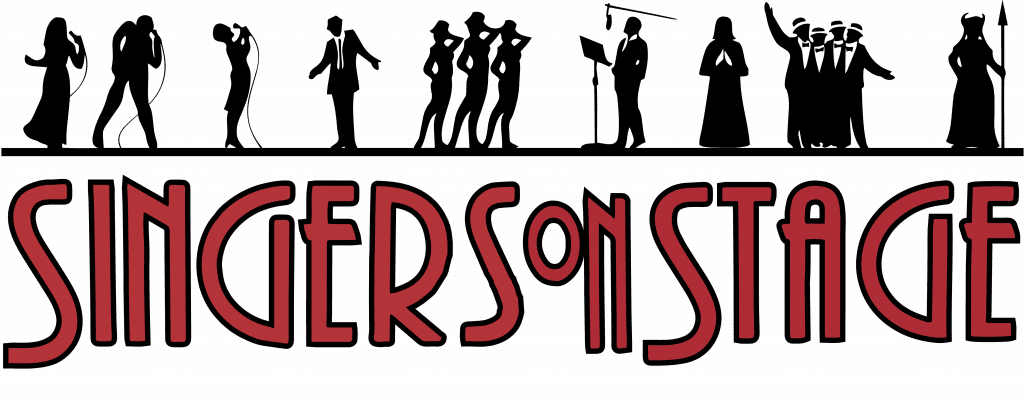MASTER CLASS is the format used for vocal and musical theatre performance programs, at secondary and adult level conservatories and in college/university programs.
A musical theatre master class is a marvelous opportunity to learn from peers as each student takes a turn performing during class. Understanding how it works can improve the value of the experience.
First, in a multi-class session with limited time, not everyone will perform during each class. When you consider 15 minute increments in a three hour class, if there are 15 people in the class, the time constraints require either sharing the 15 minutes with a few not performing or reducing the number of minutes the instructor will spend with each student.
Sometimes it’s more important to spend the 15 minutes, sometimes it’s OK to shorten the time with each student. It’s the instructor’s call, and typically its a mixture.
The way I construct my master class is dependent upon each student’s preparation. Each students is in charge of signing up when they want to perform. If they sign up toward the beginning of the class, they will more likely get more time with the instructor. So it pays to sign up toward the top of the list or to get there early to have a choice.
A master class is only as good as the preparation. It’s the student’s responsibility to prepare. In my musical theatre youth training program, I expect them to rise to the level of a professional. Children their age are performing on Broadway, and it is possible to set this standard. I may be hard on them at young ages, but in my experience, they typically rise to the occasion.
The final outcome is worth it. I’m training young people for life, not for an unrealistic utopian world that has no competition or criticism. They need to be strong and willing to learn. To be able to accept criticism that will help them become better and more competitive in a real world of many people seeking only a few positions . Perhaps it will some day even save them from losing a job.
The Preparation Process
When I am working with one student in front of the class, the other students pay attention. What I’m observing and commenting on is valuable for everyone. We sometimes learn more from watching others. I’m teaching techniques that apply to all, and to watch it in action is the second-best teacher to the student actually doing it themselves.
When students come to a master class (or a rehearsal), unprepared, I cannot waste class time. The first step is a music read-through which familiarizes the student with the music and melody and gives them a track with which to work.. I do that one time, and it is their responsibility to record it and then practice it. If working with a recorded minus track, practicing with that track with massive repetition is critical. Some say it takes 17 repetitions to memorize.
I expect those I’m working with to be prepared for me to work with them in class. That means, they need to know their song/scene and be familiar with the performance track after they have taken care of the music read-through.
Rehearsal Format
When I’m in a rehearsal format, and there is limited time, I may double up on the schedule.
When I’m working one-on-one or with a small group of students, the other students need to make the best use of their time by focusing on their songs/scenes and to be prepared when it’s their turn.
It’s their responsibility to find a place to work the songs/scenes, whether solo or group. The current class venue at Glendale Presbyterian Church is ideal, as there is ample space outside of the main rehearsal room.
In a master class or rehearsal, everyone is actively engaged, whether performing up in front of the class, or sitting as audience watching the performer.
Not performing in front of the class is not passive time. It’s very active, and if the student is focused, it is invigorating and full of discovery and personal breakthroughs.
In NYC, I sat through a three-hour class watching the entire time, with the exception of the 15 or 20 minutes the instructor might spend with me, if I was ready to perform. It was an amazing learning experience. At times I was mesmerized watching my peers who were Broadway performers find new ways to improve.
My students are learning that when it comes to preparing a variety show, I will put their solo or duet in the line up when I see that it’s ready for performance. It’s a good motivator.
Parents and friends can also be good motivators, encouraging them to manage their time more effectively, to memorize more effectively (see my prior blog post) and to focus during master classes and rehearsals. At-home preparation is the foundation of a successful master class or rehearsal.
If they don’t take responsibility for this process, they may find they aren’t getting much out of the process. They definitely won’t be performing their big solo in the next performance. That’s life. And ultimately, it’s a good learning moment. When they are prepared, that solo will be back in the line-up.
I hope the young people with whom I work with will also find it as valuable as I did many years ago, and still do.
